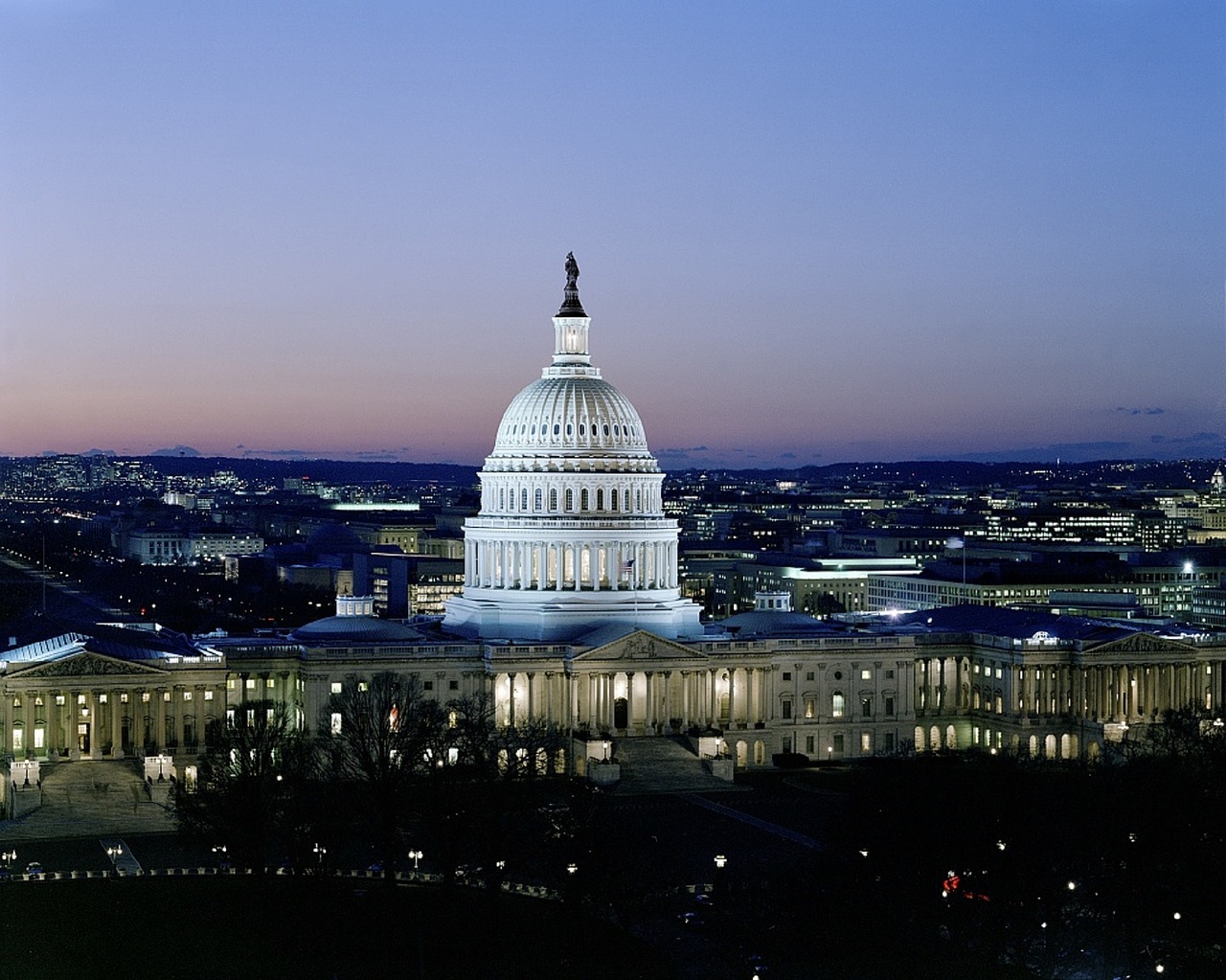Bipartisan legislation to create a federal retirement savings plan has been introduced in both the House and Senate. The Retirement Savings for Americans Act (RSAA) was introduced on October 19 in the Senate by Sens. John Hickenlooper (D-CO) and Thom Tillis (R-NC). In the House, the RSAA was introduced by Reps. Terri Sewell (D-AL) and Lloyd Smucker (R-PA).
The RSAA is an automatic enrollment bill. It would require employers to automatically enroll participants at three percent of their income, with a matching contribution of as much as four percent via a federal tax credit for low and moderate-income workers. Retirement savings would be available to full, and part-time workers and to independent contractors. The federal plan would offer its participants a menu of low-fee investment options.
Prospects: There’s little chance that this legislation will be in play this year, but it could get Congressional attention next year, especially if a new retirement savings bill (possibly SECURE 3.0) comes together. However, it faces some stiff headwinds from the private sector. Unless the bill imposes ERISA rules on the federal plan, it could tilt the retirement savings playing field away from private sector plans, say many in the retirement savings community who are expressing concern about the legislation. If the federal plan does not have to incur the costs associated with ERISA compliance, it would give a competitive advantage to the federal plan. This would be unfair and would chill more generous and innovative private sector retirement savings plans, they say.
NAIFA Staff Contact: Jayne Fitzgerald – Director – Government Relations, at jfitzgerald@naifa.org.






.png?width=600&height=90&name=Support%20IFAPAC%20%20(600%20%C3%97%2090%20px).png)
